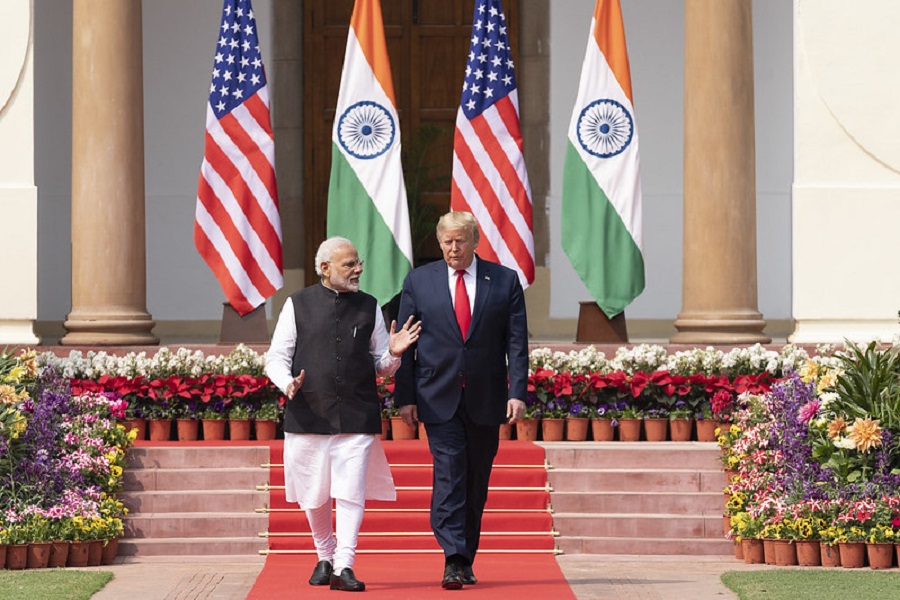UK is racing ahead of world on green energy: Prashant Ruia

Indian billionaire Prashant Ruia is building a new refinery on the banks of the Mersey that will run on hydrogen, making it the UK’s first emissions-free plant
From the roof of a building in the industrial heart of the North West, a landscape of fields and smoke-chugging chemical plants is spread out before us. The Welsh hills make up one horizon, the River Mersey and Cammell Laird shipyard another, as per a Sunday Times Business profile.
It’s a glorious Cheshire day, and the mood of Indian billionaire Prashant Ruia is as sunny as the autumn weather. Clapping his arm around my shoulder, he points across the vast tangle of steaming pipes, fire-belching flare chimneys and giant cooling towers that make up Britain’s second-biggest oil refinery, Stanlow.
“It is all changing,” he beams, stretching out his arm theatrically. “We are going to decarbonise the industry around the whole of the North West.”
Ruia, 55, is the scion of the family industrials empire Essar Group, and its chief executive. Established by his father Shashi and uncle Ravi, better known as the fabulously wealthy “Ruia Brothers”, its rollercoaster fortunes are the stuff of business legend.
They bought the Stanlow refinery from Shell in 2011, when it was in a pretty grim state of repair. Ruia says they have invested $1 billion in it since, but it’s still clear that the 100-year-old plant, which makes 16 per cent of the UK’s fuel, has had better days. The pipes leak in many places, while its distillation columns — turning crude oil into jet fuel, diesel and petrol — are often heavily rusted and discoloured. Big parts of it are decommissioned and rusting into the weeds.
Look closer, though, and you can see the future — and Ruia’s enthusiasm about it. In the distance, a brand new refinery is emerging from a web of scaffolding, its dazzling silver towers juxtaposed with the dark red rust of a disused 1960s hulk behind.
It is being built to run on hydrogen, making it the first refinery to move away from CO2-emitting gas in the UK.
“And that’s just the start,” Ruia says. If all goes to plan, and the government gives its support, the family will move on to installing carbon-capture technology in other parts of the refinery, pumping the carbon into disused gas fields deep under the Liverpool Bay seabed.
First, though, Essar needs to build a plant to make the hydrogen. This will have “350 megawatts” of generating capacity, says Ruia, who has a number ready for every topic. All things being well, a second hydrogen plant will follow. The gas not being used by the refinery will be piped to neighbouring factories, such as the Encirc bottle-making plant, to decarbonise their processes, too.
In short, Ruia, and Essar’s Energy Transition arm (EET), is the vital private sector enabler in the northwest of the government’s GB Energy plan to deliver clean power by 2030. In fact, only a few weeks ago, the Downing Street circus rolled into town for Sir Keir Starmer to announce a cool £21.7 billion of state funding for these projects, and a similar “cluster” in Humberside.
“These are the premier projects of this size in the world,” Ruia says. “There is no other country today which has this policy so clear and so fast-moving ahead. I don’t think people give enough credit for the strides Britain has taken.”
Ruia is charming, so persuasive that it’s hard not to be won over. As my grandmother would have said, warily, he could charm the birds from the trees.
In his company-branded fleece, chinos and desert boots, you can easily forget that he’s a billionaire with a grand Mayfair mansion the size of a hotel. Perhaps that’s because he’s been hanging out with the site managers and workers at the family’s construction sites, ports and factories since he was 11 years old.
He started working properly in the business when he was 16 — and by 17, he says, he was running his first project: building a 3km-long rail bridge in Mumbai’s suburbs. “They wouldn’t wait for you to grow up before they gave you responsibility,” he explains. “You’re in at the deep end.”
A 17-year-old running a big public infrastructure project? Really? “Of course, we had experienced people there, but I was with the project manager basically all the time. We would stay days, nights, on site for two years.”
“So, yeah, we built it,” he adds, “And, er, we lost money.”
Quite a lot of money, in fact: about $250,000. But far from giving him a rollicking, his father seemed happy: “He said, ‘That’s the best money I ever lost in my life, because of what you learnt. If you can manage something when you’re losing money, that’s when you really understand how to manage it.’ “And he was right. I had been making every effort, you know, scrounging for every penny.”
The Ruias are among the crazy-rich Indians who made their fortunes when India liberalised its highly controlled “Licence Raj” economy in the early 1990s.
“I saw the change happen,” Ruia says. “We took off as a family once the market opened up. We were a direct beneficiary.”
Before that, his childhood had been a fairly ordinary, middle-class life. The family lived in Chennai, formerly known as Madras, on India’s east coast, where “there were no great amenities at that time. We used to spend hours after school, basically on the cricket pitch. It was a small place, so all the friends were close by.”
His father and uncle had six sisters, and they all lived in the same house. It was a habit they have never managed to kick. Home is now in Mumbai, on the west coast, where all the Ruias — brothers, sisters, aunts, uncles, nephews, still live in the same house.
That said, it is no ordinary home. A former colleague who has been there describes it as “vast. They have a whole floor each”. Ruia gives a wry grin: “We do have a little space in the house.”
And, then, of course, there are other enormous Ruia homes in Mumbai, Delhi and London, including a more recently acquired £113 million pad in Regent’s Park. They clearly aren’t tripping over each other.
The Stanlow hydrogen project heralds some positive headlines for the Ruias — a welcome change from the norm a few years back. The site nearly went bust during Covid, when demand for its fuels collapsed as lockdowns grounded its 40 airline customers and few car owners were buying its petrol.
It then emerged that, despite having taken hundreds of millions of pounds out of the business in dividends in previous years, Essar had been granted access to a Covid support scheme allowing it to delay paying a £356 million VAT bill. Furthermore, it emerged that its auditor, Deloitte, had resigned, complaining about the “control and governance” at the group. Newspapers, including this one, took a dim view.
As we sit in a meeting room after our rooftop trip, Ruia’s smile drops for the first time when I bring it up: “We were disappointed with the way the media was taking their view. I don’t think they had all the facts at that point of time. I don’t think they understood all [refineries] were losing a massive amount of money, yet were keeping the lights on. We kept all our staff on, paid everyone right through that period even though we were losing massively.”
It wasn’t just the media taking a jaundiced view, though, I point out. Deloitte’s view — one of the biggest auditing firms in the world — was damning. And the Magic Circle law firm Freshfields resigned the account, too.
“Look,” he responds, “We have answered all this enough times. It was a period when things were not clear,” before declining to comment further. Essar later issued a statement saying “there were some fundamental differences of opinion among some of our advisers about the long-term sustainability of our business given the pandemic. These questions have subsequently been addressed.”
Indeed, the VAT bill was paid in full, and the business has bounced back.
Essar Energy, which includes Stanlow and Indian assets including ports, refineries and even a gas fracking operation, made underlying profits of $373 million last year on sales of $12.2 billion.
The Ruias have been through rough patches before. In the 1990s, their Essar Steel arm defaulted on a $250 million foreign currency loan — an ignominious first for India.
They sold large chunks of the empire, from its mobile phones operation to steel mills in a scramble to pay down their debts — “deleveraging”, in financial-speak.
The numbers involved highlight just how huge the Ruia empire was. Vodafone bought out the family’s 33 per cent stake in their Indian joint venture for $5 billion, and that was just one disposal: “We de-levered our balance sheet by more than $20 billion,” Ruia recalls. “Was it emotional? Was it difficult? Obviously, when you build something and then you have to sell it to monetise it, it’s difficult.”
However, he’s an eternal optimist (“If you could bottle his optimism you’d be a billionaire, too,” says one former colleague), and he concludes: “Looking back on it now, it gave us an opportunity to start investing much more heavily in this energy transition now. It has given us an opportunity with a clean slate to go on and make these investments.”
Essar Energy makes most of its money from the UK, but don’t expect a stock market flotation in London any time soon. The Ruia famously floated it on the London Stock Exchange in 2010, raising £1.2 billion and valuing the business at £5.4 billion. The shares plunged as the Indian economic miracle waned. Having floated at 420p a share, just four years later, the Ruias bought it back — after howls of protest from minority shareholders — for just 70p a share.
“They wouldn’t be welcome back,” says one City investor.
Now, though, Ruia clearly wants to be seen as a force for good in Britain, helping decarbonise the industrial North West.
I wonder if his father, 81, and uncle, 75, who for decades made billions in the polluting steel and energy industries, approved of Ruia’s big green bet.
Ruia has no doubts: “They may have taken a little bit more time to get it, but now they get it 200 per cent. Not 100 per cent. This is real, not an idea any more. It’s happening.”





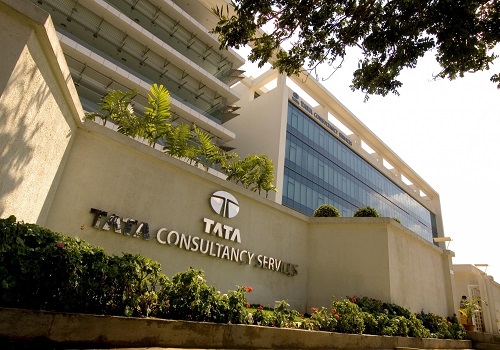







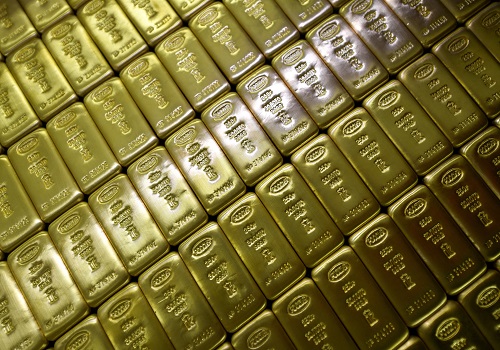
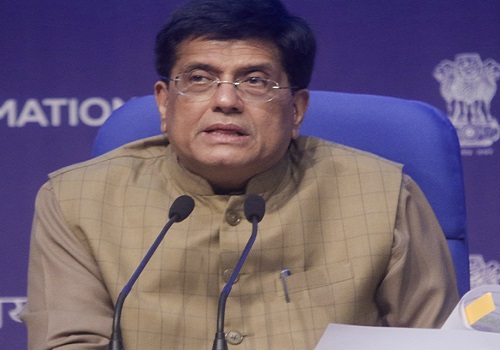
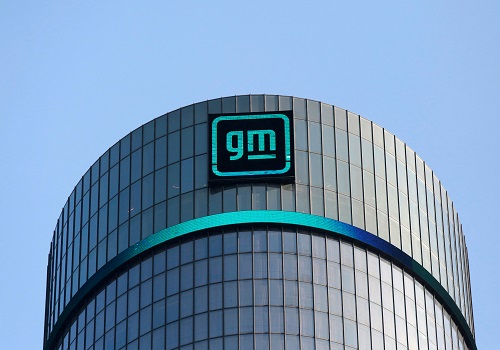
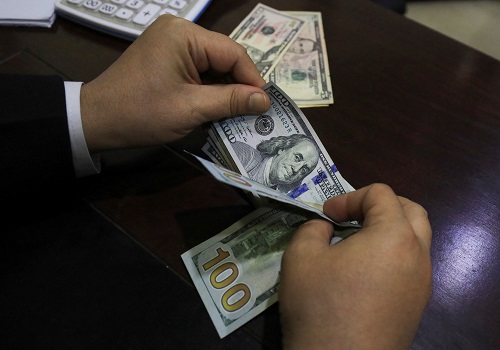

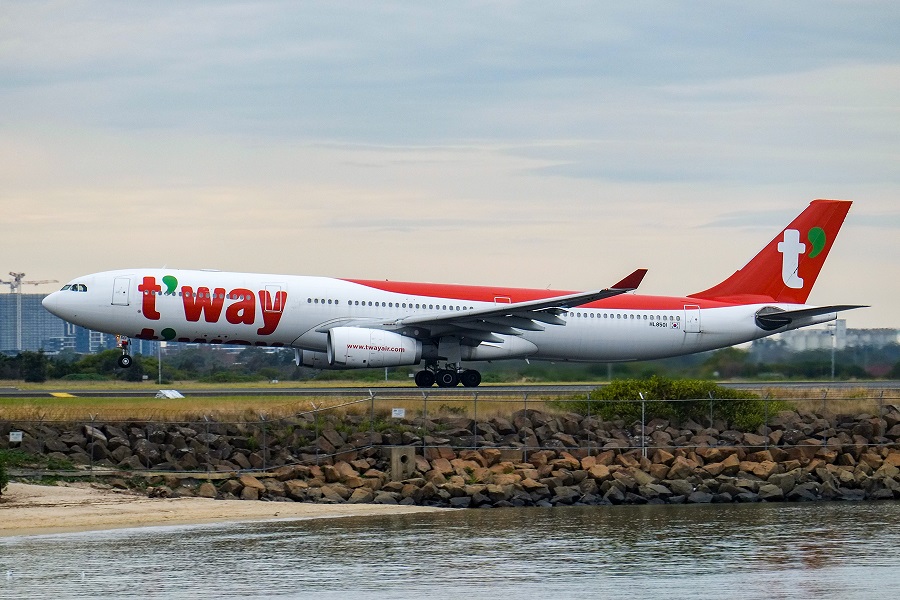
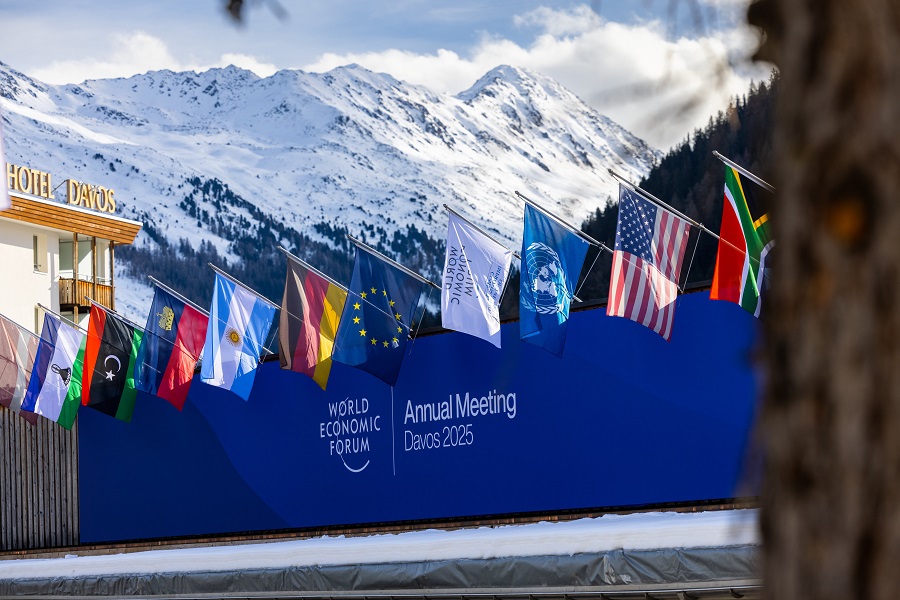

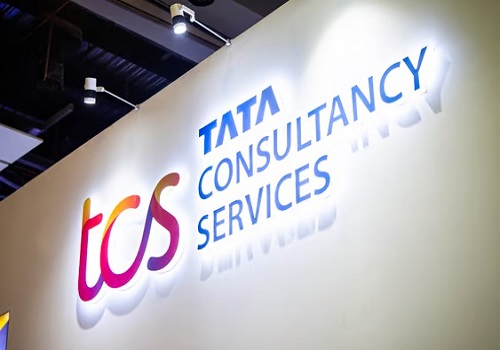
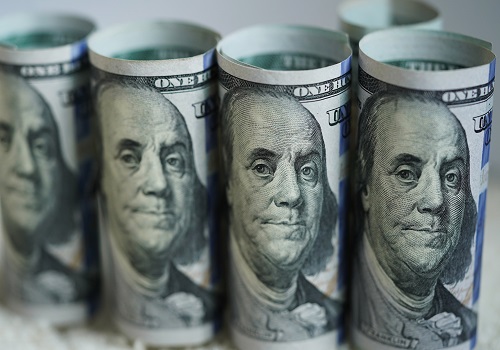
.jpg)
